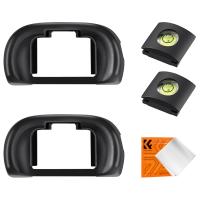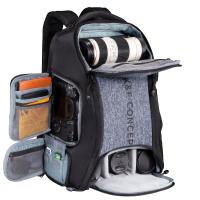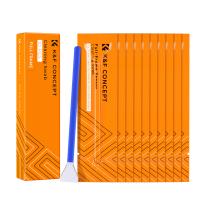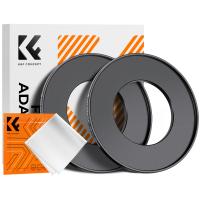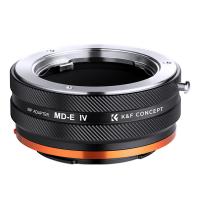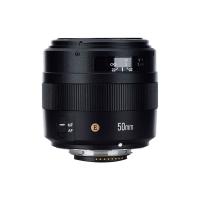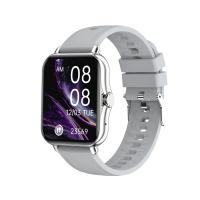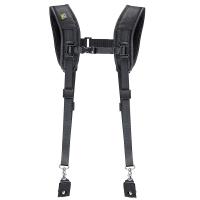How To Format An Sd Card Mac?
Formatting an SD card on a Mac is a common task that many users need to perform for various reasons, such as preparing the card for use in a camera, ensuring compatibility with different devices, or simply clearing all data for a fresh start. This article will guide you through the process of formatting an SD card on a Mac, addressing common issues and providing tips to ensure a smooth experience.
Understanding the Basics of SD Card Formatting

Before diving into the step-by-step guide, it's essential to understand what formatting an SD card entails. Formatting is the process of preparing a storage device, like an SD card, for use by an operating system. This process involves setting up a file system that the OS can read and write to. Common file systems include FAT32, exFAT, and macOS Extended (Journaled).
- FAT32: Compatible with most devices, but has a file size limit of 4GB.
- exFAT: Supports larger files and is compatible with both macOS and Windows.
- macOS Extended (Journaled): Optimized for macOS but not compatible with Windows or most cameras.
Step-by-Step Guide to Formatting an SD Card on a Mac

Step 1: Insert the SD Card

Begin by inserting the SD card into your Mac's SD card slot or connecting it via an SD card reader. Ensure the card is properly seated and recognized by the system.
Step 2: Open Disk Utility

Disk Utility is a built-in macOS application used for managing disks and storage devices. To open Disk Utility:
1. Go to `Applications` > `Utilities` > `Disk Utility`.
2. Alternatively, you can use Spotlight by pressing `Command + Space` and typing "Disk Utility."
Step 3: Select the SD Card
In Disk Utility, you will see a list of all connected drives and storage devices. Locate your SD card in the list, which will typically be listed under the "External" section. Click on the SD card to select it.
Step 4: Erase the SD Card
With the SD card selected, click the "Erase" button at the top of the Disk Utility window. This will open a dialog box where you can configure the formatting options.
Step 5: Choose a Format
In the dialog box, you will need to choose a format for the SD card. The format you select depends on how you plan to use the card:
- FAT32: Choose "MS-DOS (FAT)" if you need compatibility with older devices or if the card is 32GB or smaller.
- exFAT: Choose "ExFAT" for larger cards or if you need to store files larger than 4GB.
- macOS Extended (Journaled): Choose this if the card will only be used with macOS devices.
Step 6: Name the SD Card
You can also give your SD card a name in the "Name" field. This name will appear when the card is mounted on your Mac or other devices.
Step 7: Erase and Format
Once you have selected the format and named the card, click the "Erase" button to begin the formatting process. Disk Utility will erase all data on the card and set up the new file system. This process may take a few moments.
Step 8: Eject the SD Card
After the formatting process is complete, you can safely eject the SD card by clicking the "Eject" button next to the card's name in Disk Utility or by dragging the card's icon to the Trash on your desktop.
Troubleshooting Common Issues
While formatting an SD card on a Mac is generally straightforward, you may encounter some issues. Here are common problems and their solutions:
SD Card Not Recognized
If your SD card is not recognized by your Mac, try the following:
- Ensure the card is properly inserted.
- Try a different SD card reader.
- Check if the card works on another device to rule out a faulty card.
Formatting Errors
If you receive an error message during the formatting process, try these steps:
- Restart your Mac and try again.
- Use a different format (e.g., exFAT instead of FAT32).
- Check for physical damage on the SD card.
Data Recovery
If you accidentally format an SD card and need to recover data, stop using the card immediately to prevent overwriting. Use data recovery software like Disk Drill or contact a professional data recovery service.
Tips for Maintaining Your SD Card
To ensure the longevity and reliability of your SD card, follow these tips:
- Regularly Back Up Data: Always keep backups of important data stored on your SD card.
- Safely Eject the Card: Always eject the card properly to avoid data corruption.
- Avoid Physical Damage: Handle the card with care and avoid exposing it to extreme temperatures or moisture.
Formatting an SD card on a Mac is a simple process that can be completed in a few steps using Disk Utility. By understanding the different file system options and following the step-by-step guide, you can ensure your SD card is properly formatted for your needs. Additionally, being aware of common issues and maintenance tips will help you keep your SD card in good working condition. Whether you're preparing the card for use in a camera, transferring files between devices, or simply starting fresh, this guide provides all the information you need to format an SD card on a Mac successfully.


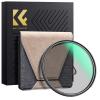
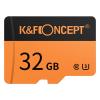

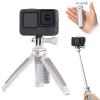
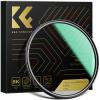
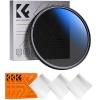
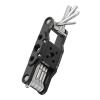
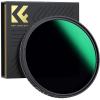

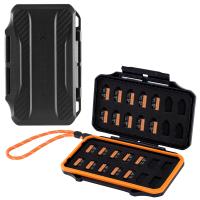


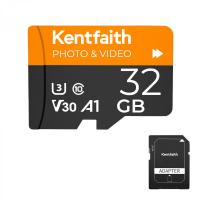
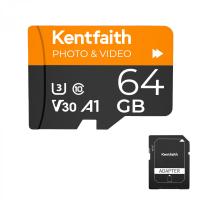


![4K digital camera for photography and video [autofocus and stabilisation] 48 MP video blog camera with SD card, 3 4K digital camera for photography and video [autofocus and stabilisation] 48 MP video blog camera with SD card, 3](https://img.kentfaith.com/cache/catalog/products/us/GW41.0065/GW41.0065-1-200x200.jpg)


